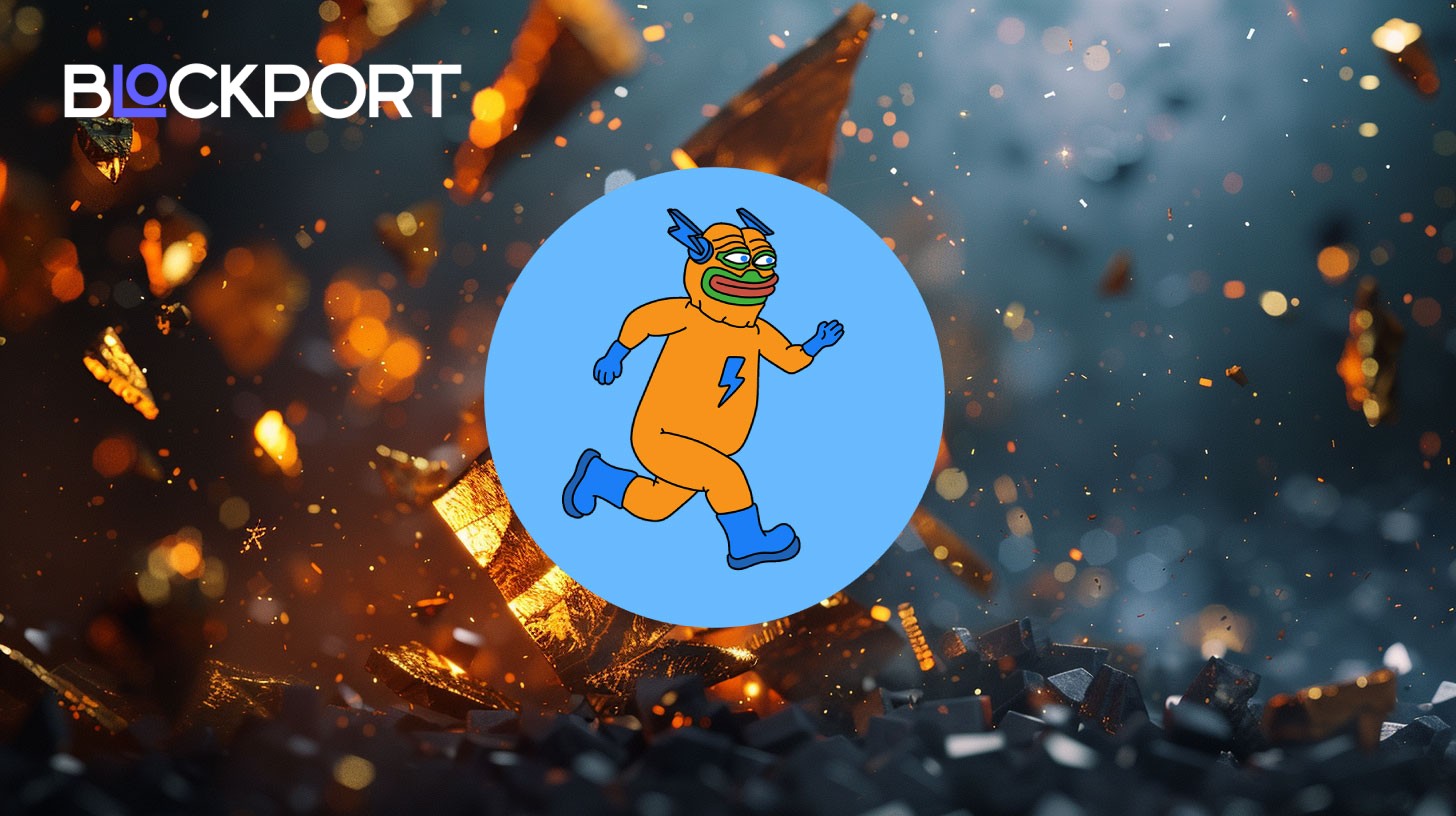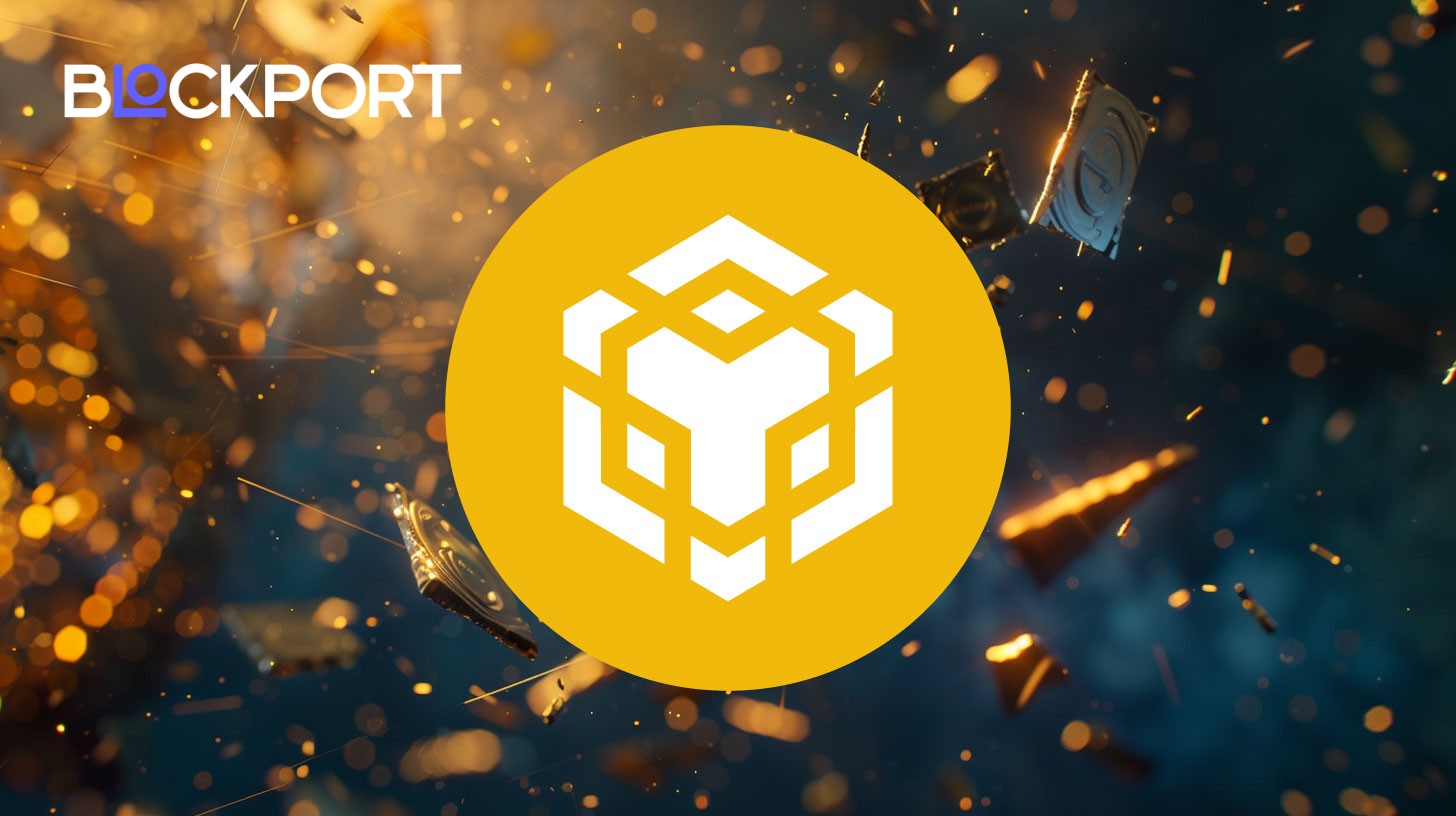Toyota unveils plan to turn cars into tradable real-world assets

Toyota Blockchain Lab, the automaker’s blockchain R&D hub, introduced a mobility tokenization model to turn vehicles into on-chain assets.
Toyota Blockchain Lab released a technical paper outlining how vehicles can become blockchain-based financial assets, addressing critical gaps in the mobility ecosystem. The paper, published on August 20, presents the Mobility Orchestration Network (MON) on Avalanche to coordinate different streams of information.
Breaking down Toyota’s MON proposal
According to Toyota Blockchain Lab, there are gaps in the mobility ecosystem due to its complex structure and the involvement of multiple parties. The paper states, “By its very essence, mobility is defined by movement, across places, between people, and over borders.”
In this context, the paper highlights three main challenges:
- Organizational gap: Vehicle data is scattered across agencies and companies, making it hard to use for valuation or credit.
- Industrial gap: There’s no open network for collaboration among all players in the mobility ecosystem.
- National gap: Different rules across countries prevent a single certificate from being recognized internationally.
Blockchain can help bridge these gaps, offering a single platform that connects them. Toyota Blockchain Lab presents a prototype called the Mobility Orchestration Network (MON), a network layer ensuring trust and smooth data flow.

Through MON, each vehicle gets a digital ID on the blockchain. Ownership is recorded as an NFT when the car is made, and other information, like registration and manufacturing details, is added. This creates a secure link between the car and its digital record, making it easy to prove trust. The network also aims to channel capital efficiently into mobility, enabling lending, investment, and securitization activities .
Related article: Tokenized Carbon Credits – Why Blockchain Matters, and Where Rules Stand
The role of Avalanche, MOA, and ERC-721 in the prototype design
The prototype that Toyota Blockchain Lab describes is meant as a small-scale test rather than the full version of their vision. To build it, they chose Avalanche as the base system because it is fast and flexible, allowing different parts of the network to work together smoothly. This provides the foundation for creating a reliable ecosystem where digital services can run efficiently.
Central to the design is the Mobility Oriented Account (MOA), a smart contract that serves as a vehicle’s digital brain. Instead of being just a record, it allows a car to exist on the blockchain as its own agent with rules for how it should behave. This balances the need for quick daily operations with permanent, immutable record-keeping requirements. The MOA is built to adapt over time, so it can keep pace as new requirements emerge.
Finally, vehicle ownership itself is expressed through a token that follows the ERC-721 standard, the same standard widely used for NFTs. Each token represents the legal right to a specific car, making it unique and traceable. By doing this, ownership can be recognized not only in digital systems but also in financial and legal contexts. This step lays the groundwork for connecting mobility with broader financial services, such as using cars as assets that could be linked to future investment products.
This integrated approach positions Avalanche as the infrastructure foundation, MOA as the vehicle’s digital identity layer, and ERC-721 as the secure ownership representation standard.
Content on BlockPort is provided for informational purposes only and does not constitute financial guidance.
We strive to ensure the accuracy and relevance of the information we share, but we do not guarantee that all content is complete, error-free, or up to date. BlockPort disclaims any liability for losses, mistakes, or actions taken based on the material found on this site.
Always conduct your own research before making financial decisions and consider consulting with a licensed advisor.
For further details, please review our Terms of Use, Privacy Policy, and Disclaimer.




























